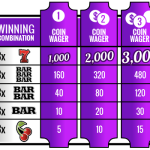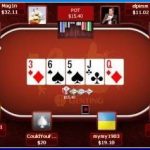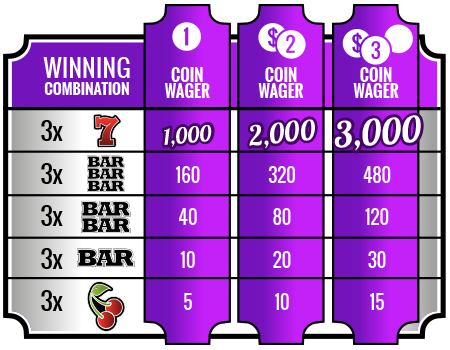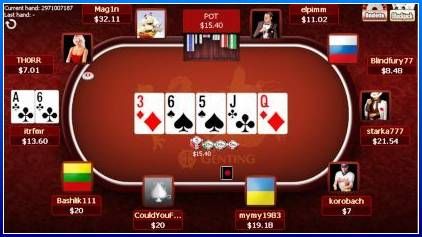When it comes to playing poker, there is much more to the game than simply knowing the rules and having a good strategy. One of the most important aspects of poker is understanding the psychology behind the game, particularly when it comes to reading your opponents’ tells. In this article, we will explore the significance of tells in poker and how you can use this knowledge to your advantage.
What Are Tells?
Tells are subtle cues or behaviors that players exhibit during a poker game that can give away information about the strength of their hand. These tells can manifest in a variety of ways, from physical movements to changes in behavior or speech patterns. By learning how to recognize and interpret these tells, you can gain valuable insights into your opponents’ hands and make more informed decisions at the poker table.
The Importance of Tells in Poker
Tells play a significant role in poker because they allow players to gather information about their opponents beyond what is revealed by the cards on the table. By observing your opponents’ tells, you can gain valuable insights into their state of mind, confidence level, and overall strategy. This information can be used to adjust your own strategy and make more accurate decisions during the game.
Common Types of Tells
There are many different types of tells that poker players exhibit, and each player may have their own unique tells that reveal information about their hand. Some common types of tells include:
Physical tells, such as facial expressions, body language, or hand movements
Verbal tells, such as changes in speech patterns or tone of voice
Betting patterns, such as the size or frequency of bets made by a player
By paying close attention to these cues, you can begin to build a profile of your opponents and make more accurate reads during the game.
How to Spot Tells
Spotting tells requires keen observation and a keen understanding of human behavior. Some tips for spotting tells include:
Pay attention to changes in behavior or body language when a player is in a hand
Look for patterns or inconsistencies in a player’s actions
Consider the context of the game and the player’s previous actions
By honing your observation skills and actively looking for tells, you can improve your ability to read your opponents and make more informed decisions during the game.
Using Tells to Your Advantage
Once you have learned how to spot tells, the next step is to use this information to your advantage. By incorporating your knowledge of tells into your overall strategy, you can gain a competitive edge over your opponents and increase your chances of winning at the poker table. Some strategies for using tells to your advantage include:
Exploiting your opponents’ weaknesses based on their tells
Bluffing strategically to take advantage of your opponents’ reads
Using reverse tells to mislead your opponents and gain an edge
By mastering the art of reading tells and incorporating this skill into your gameplay, you can become a more successful poker player and maximize your chances of winning.
Conclusion
Understanding your opponents’ tells is an essential skill for any serious poker player. By learning how to recognize and interpret tells, you can gain valuable insights into your opponents’ hands and make more informed decisions during the game. By honing your observation skills and using this knowledge to your advantage, you can become a more successful and strategic poker player. So next time you sit down at the poker table, remember to keep an eye out for those tells and use them to your advantage!













